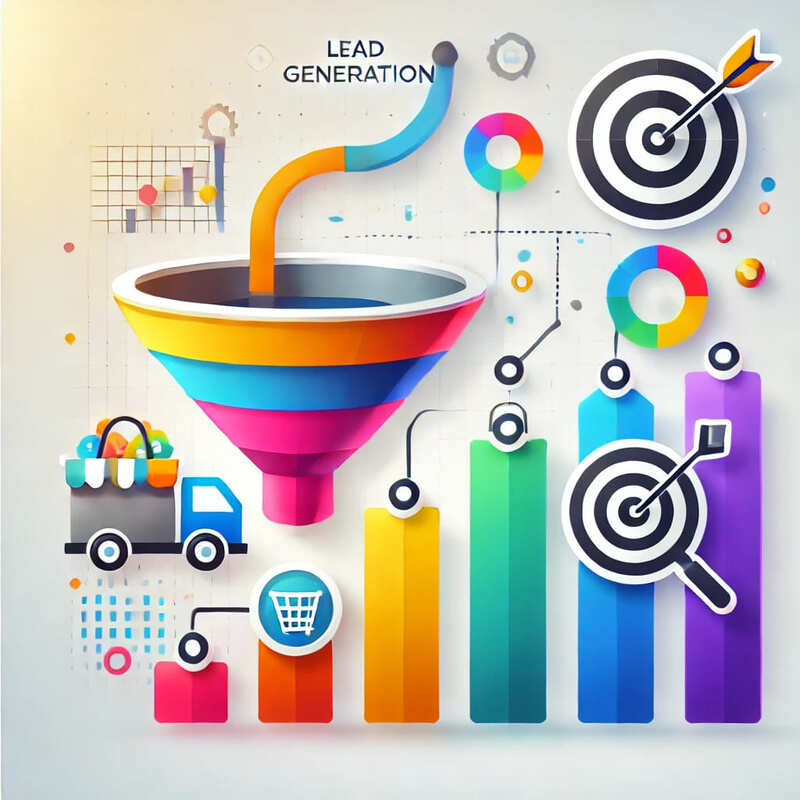Introduction
While websites are often seen as marketing tools, their role in sales is equally significant. A well-designed and strategically planned website can act as a powerful sales funnel, guiding visitors through the buyer’s journey from awareness to conversion. This article aims to elaborate on how websites contribute to lead generation, nurturing, and ultimately, sales conversions.
Top of the Funnel: Awareness and Attraction
At this stage, the website aims to attract a broad audience through various channels like SEO, PPC, and social media. The focus is on creating awareness and interest in the product or service. Educational content, such as blog posts and how-to guides, can be particularly effective here.
Middle of the Funnel: Consideration and Engagement
Once visitors are on the website, the goal shifts to keeping them engaged and moving them to the consideration stage. This involves more in-depth content like webinars, case studies, and product comparisons. Email sign-ups and gated content can be used to capture leads for further nurturing.
Bottom of the Funnel: Conversion and Action
This is where the website aims to convert interested visitors into customers. Product pages, pricing tables, and testimonials play a crucial role here. Strong Calls to Action (CTAs), such as ‘Buy Now’ or ‘Request a Demo,’ are essential for guiding the user to take the desired action.
Key Sales Functions of a Website
Integrating Sales and Marketing
Strategic Benefits for Sales
Best Practices
Conclusion
Understanding the role of a website in the sales process is crucial for maximizing its potential as a sales tool. From attracting visitors to converting them into customers, each stage of the sales funnel can be optimized through website design, content, and features. By integrating sales and marketing efforts through the website, businesses can create a seamless and effective sales process that not only converts but also retains customers.
